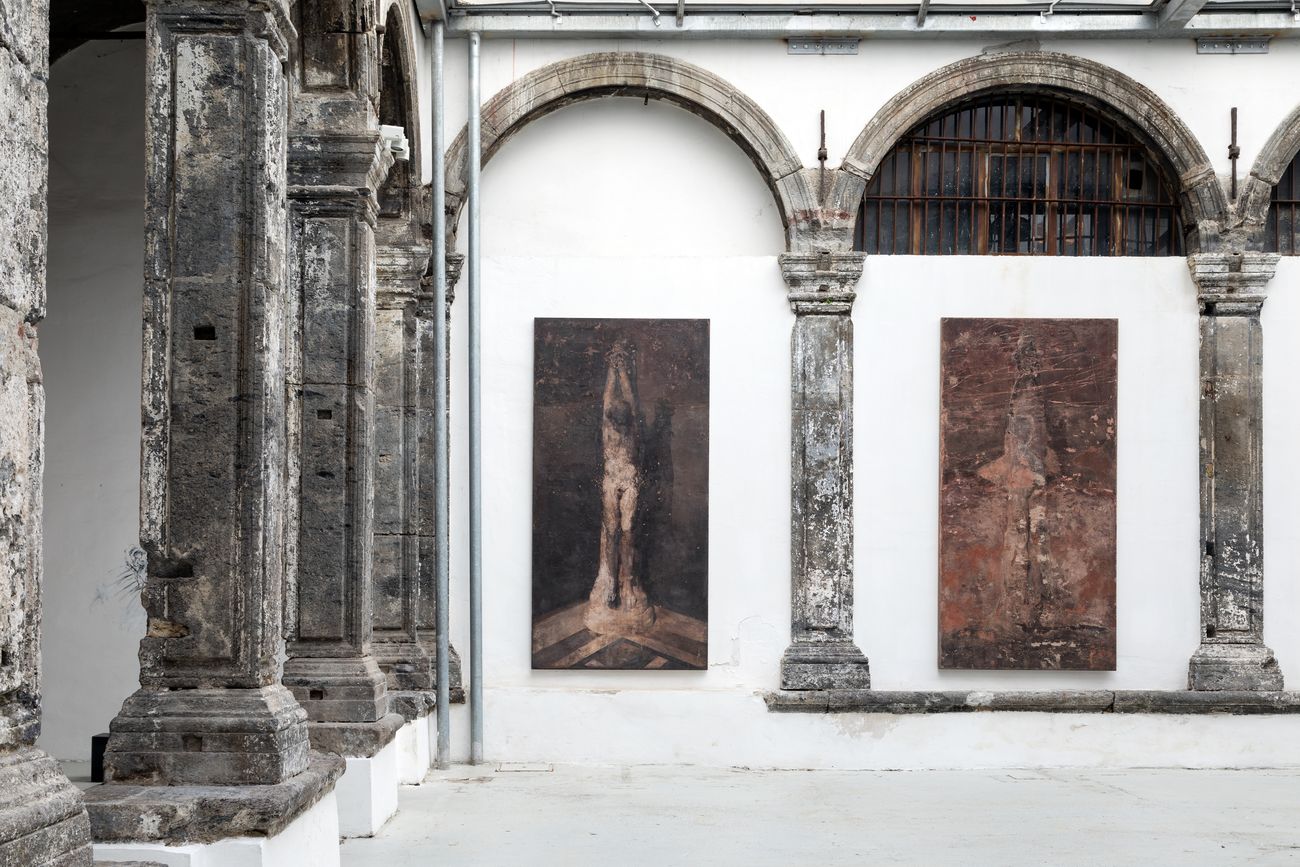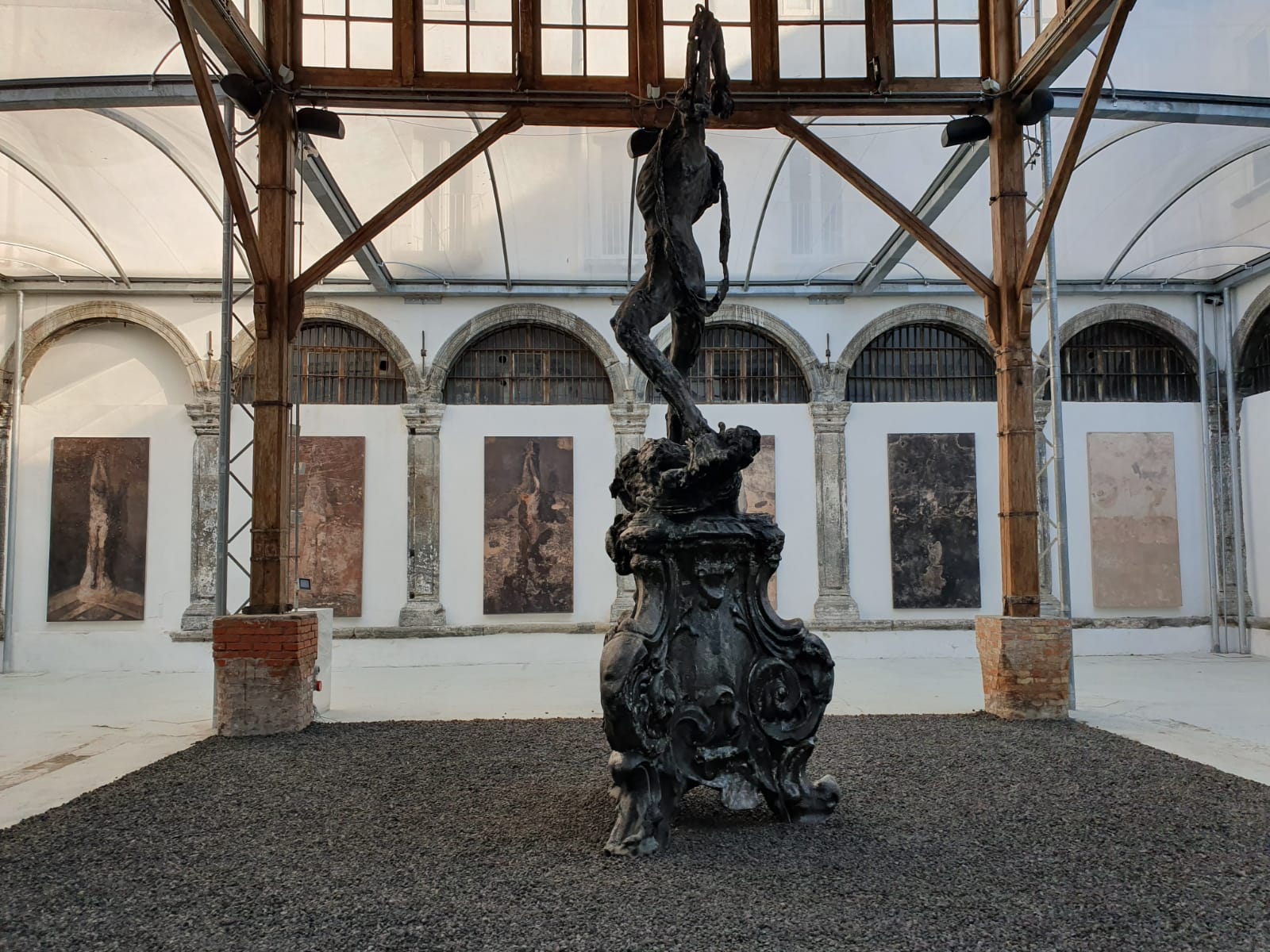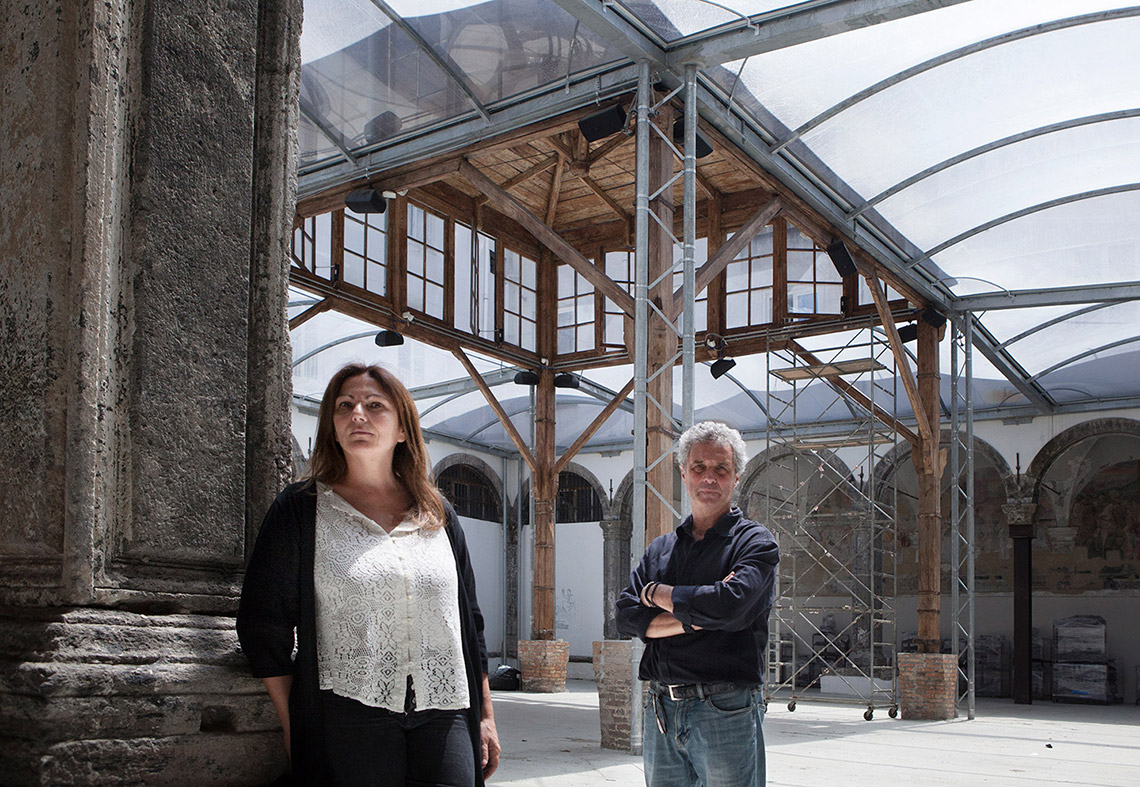For years, it was a place inhabited by shadows and ghosts of a past that transformed it from a place of worship into a wool mill, before ultimately being left to complete abandonment. We are talking about the Church of Santa Caterina a Formiello in Naples, located in the heart of the city, a rare example of Neapolitan Renaissance and industrial archaeology.
Built starting in 1515 near the Formale Reale, the city’s aqueduct—hence the name “a Formiello,” meaning “near the channels”—the Church was home to various religious orders before becoming the wool mill during the Bourbon era, following the suppression of the Dominican order ordered by Gioacchino Murat.
The transformation into a monument of industrial archaeology involved various alterations to the original structure. Among these, the imposing central wooden truss stands out as a virtuous example of the “industrialization program” of the time. The entire monumental complex failed after the Unification of Italy, leading the building into a slow and unstoppable decay. The spaces were adapted to house a carpentry workshop and a soap factory before eventually becoming a true garage for automobiles. Today, the building is owned by the Fondazione Made in Cloister, which acquired the property in 2012 through a cultural initiative aimed at redeveloping the Porta Capuana area.
What was once one of the most fascinating and monumental places of religious Naples is now preserved through an active program of cultural events featuring international artists and Neapolitan master artisans.
At the helm of this courageous project are Davide de Blasio and Rosa Alba Impronta, enlightened entrepreneurs who managed to save a historic monument from ruin, restore it to its former glory, and return it to the community as an exhibition space for contemporary art.
The recovery, initially architectural, then creative and social, carried out by Made in Cloister, is an attempt to introduce a cultural breath of fresh air into the battered center of Naples, aimed at revitalizing artisanal traditions renewed with a contemporary approach.
The idea of “doing” and “creating” has always been present in this place.
It was here in the 16th century that herbs were grown for the Church’s pharmacy; in the cloister spaces, a wool and fabric factory for the army was established in the 19th century; and today, it is home to artistic residencies experimenting across fields ranging from music to 3D printing, from architecture to social inclusion and art.
In addition to enhancing and revitalizing artisanal craftsmanship through collaborations and new commissions, the Fondazione Made in Cloister aims to restore the urban fabric of the Porta Capuana area, a zone rich in history and traditions but socially complex today. From this premise, collaborations have been established with the Naples Academy of Fine Arts and international artists, with the goal of reaching a wider audience and shining a spotlight on this forgotten area.
The exhibition space was officially inaugurated in May 2016 with Laurie Anderson’s solo show, The Withness of the Body. Since then, the Cloister has hosted site-specific projects capable of creating a dialogue between the ancient and the contemporary, the past and the present, showcasing materials and expressive languages born from the stylistic fusion that the Fondazione Made in Cloister actively promotes.
Until April 30th, it is possible to visit Nicola Samorì’s solo exhibition Black Square. Samorì is an Italian artist known for his Renaissance-style paintings that appear torn and eroded by the passage of time.
For the Cloister, Samorì created Drummer, an imposing 5-meter-tall sculpture covered with volcanic lapilli, resting on a sort of lava carpet composed of 1,300 mini sculptures inspired by the heads displayed at the National Archaeological Museum of Naples (MANN). References to the city of Naples are also visible in the base of the large sculpture, which recalls a Baroque candelabrum of obelisks spread throughout the Neapolitan territory.
Samorì’s choice of materials allows for a clear dialogue between the ancient and the contemporary, through art that traces back to its origins with a renewed and regenerated appearance.
Samorì’s art digs into the past and the human inner self, doing so through a series of paintings that reveal the most intimate and secret soul of the torn, wounded figure portrayed.


